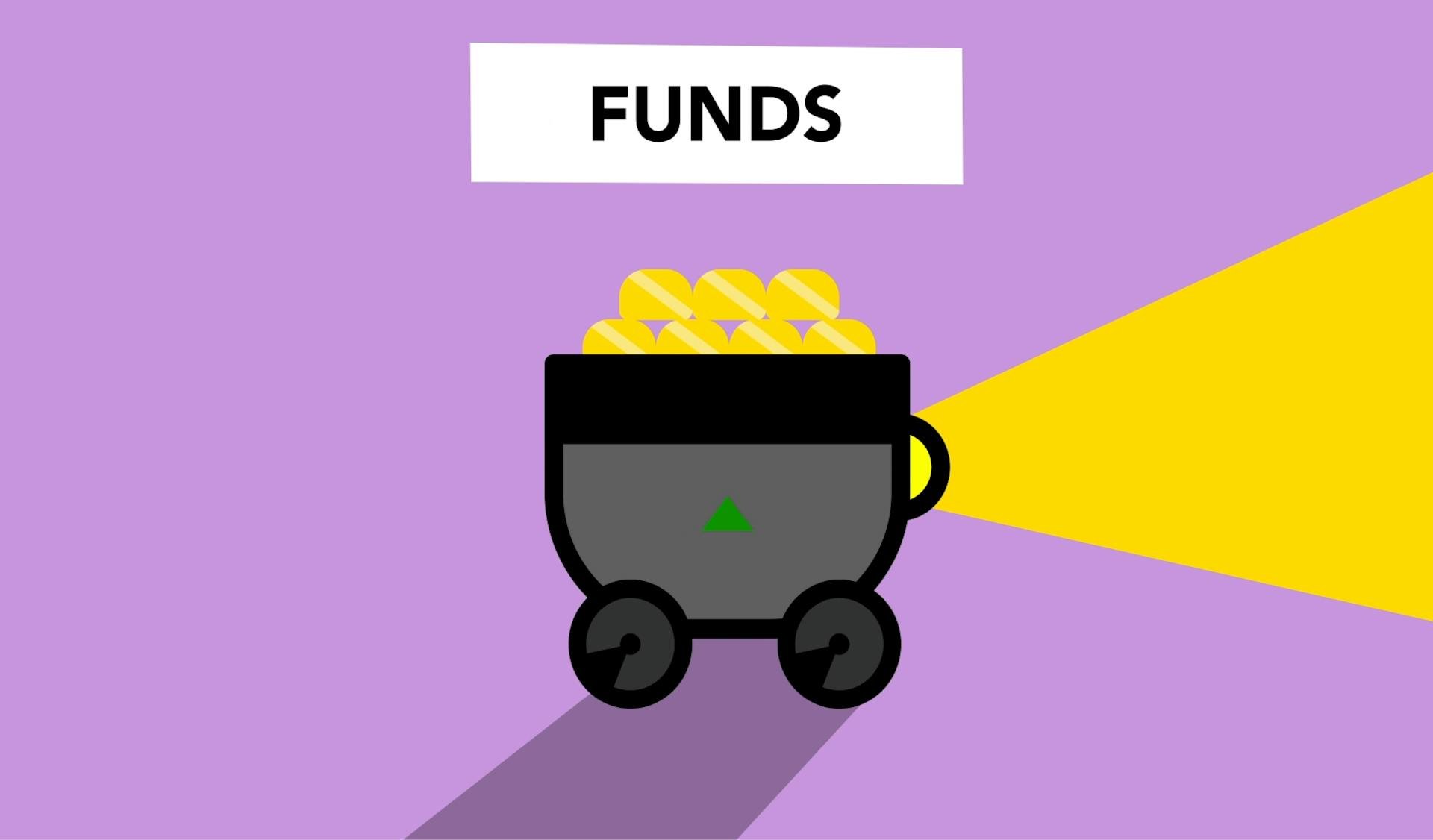
Statement credit and cash back are two popular rewards options offered by credit cards. Statement credit rewards can be used to offset a credit card balance, essentially giving you a discount on your bill.
This can be a significant advantage, especially for those who pay their balances in full each month. For example, if you have a $1,000 credit card balance and receive a $100 statement credit reward, you'll effectively pay $900.
On the other hand, cash back rewards are paid out in actual cash, which can be more flexible.
Broaden your view: Pay with Amex Points Amazon
What Is Statement Credit?
A statement credit is when money is credited to your credit card account, reducing the balance you owe.
This type of credit can be a welcome surprise, especially if you're trying to pay off a large balance. For example, if you have a $200 balance and you receive a $50 statement credit, your new balance will be $150.
Statement credits are often used as a promotional tool by credit card companies to reward customers for their loyalty or to offer a one-time discount. They can be applied to your account at any time, and you'll see the reduction in your balance immediately.
Receiving a statement credit can be a great way to lower your credit utilization ratio, which is the percentage of your available credit being used. This can help improve your credit score over time.
Maximizing Statement Credit
Statement credit can be a powerful tool for maximizing your rewards, but it's essential to understand how it works. A statement credit is when money is credited to your credit card account, reducing your balance.
You'll still accrue interest and/or late fees if you don't submit your minimum payment, even with a statement credit. This is because a statement credit doesn't count as a payment toward your minimum balance.
Some issuers only allow cash back rewards to be applied as a statement credit. If you have a strong preference for how you receive your cash, you may want to find out which credit cards offer your preferred option before applying.
A statement credit of $50 on a $200 balance reduces your new balance to $150. This can be a great way to chip away at your debt while earning rewards.
Statement Credit vs Cash Back
Statement credit and cash back are both forms of rewards offered by credit card companies, but they have some key differences. A statement credit is a direct reduction to your credit card balance, while cash back returns a percentage of your spending back to you.
You can redeem cash back rewards in different ways, including as a statement credit, which reduces your outstanding balance. This can be a convenient way to lower your debt.
Here's a comparison of the two:
Some credit cards automatically give you cash back on every purchase, while others require you to activate a specific cash-back offer before you can start earning. It's essential to check the terms and conditions of your credit card agreement to understand how to start earning cash back.
How Is Awarded
Cash back is usually awarded in dollars or as rewards points, but rewards points can stretch further with travel bookings. Your monthly credit card statement will typically show how much cash back you earned and what was awarded to you in the last 30 days.
Some cards allow you to redeem gift cards to popular restaurants and retailers with your cash-back rewards. You can also receive cash back as a statement credit, a check, or funds deposited directly to your bank account.
The Citi Double Cash Card is an example of a card that may not pay your cash back all at one time. It allows you to earn 2% cash back on all purchases, but you may not earn the other 1% cash back right away if you carry a balance.
Cash back returns a percentage of your spending back, which you can redeem for cash, offering flexibility in how you want to utilize that earned reward.
Readers also liked: Hdfc Bank Credit Card Points Redeem
Flat-Rate
Flat-rate cash back credit cards offer the same cash back rate on every purchase you make using the card. This means you earn the same percentage back on all your purchases, without having to worry about rotating categories or spending limits.
If this caught your attention, see: Flat Rate Cash Back Credit Cards
The Wells Fargo Active Cash Card is a great example of a flat-rate cash back card, offering unlimited 2% cash rewards on purchases. This is a straightforward way to earn cash back, without any complicated rules or restrictions.
One benefit of flat-rate cards is that they often have no spending limits or rotating categories, so you can earn cash back on all your purchases without worrying about missing out on rewards.
Recommended read: How Can I Find My Apr Rate Credit Cards
What's the Difference Between Rewards?
Rewards can be confusing, especially when it comes to cash back and statement credits. There are three types of credit card rewards: cash back, points, and miles.
Cash back rewards are simple to use, and you'll know exactly how much your rewards will be worth. You can redeem your cash back rewards in different ways regardless of where you made purchases. For example, with the Discover it Cash Back, you can earn 5% cash back at different places each quarter up to the quarterly maximum when you activate.
For more insights, see: Is Cash Flow Statement Different than Free Cash Flow Statement
Points rewards programs can vary widely across card issuers in how you earn points and how you redeem. Check the issuer's terms to learn how their programs work and the limitations you may find when trying to redeem your points.
Miles rewards, on the other hand, can be extremely valuable for frequent travelers. However, they can be more complicated to use, and you may need to do more legwork to redeem them. For instance, with the Chase Freedom Unlimited, you can earn 5% cash back on travel booked through Chase.
Here's a comparison of the three types of rewards:
Ultimately, the choice between cash back and statement credits depends on your individual needs and preferences. If you're looking for a straightforward rewards program, cash back may be the way to go. But if you're a frequent traveler who wants to maximize your rewards, miles or points may be a better option.
Redeeming Statement Credit
Redeeming statement credit can be a convenient way to get cash back rewards. You can usually get a statement credit to cover your past purchases.
You can use a statement credit to reduce your credit card balance. For example, if you have a $200 balance and you receive a $50 statement credit, your new balance will be $150.
Some issuers only allow cash back rewards to be applied as a statement credit. This means you'll still accrue interest and/or late fees if you don't submit your minimum payment, even if you have a statement credit during that billing cycle.
You can usually redeem cash back rewards in multiple ways, but statement credit is one of the options. Here are some ways to redeem cash back rewards:
- Deposit into your bank account
- Statement credit to cover your past purchases
- Check by mail
- Gift cards
- Merchandise
Some credit cards may require you to earn a minimum amount of cash back before you can redeem your rewards. This amount is usually low, but it may start around $20.
Statement Credit Cards
Statement credit cards can be a great way to earn rewards, but they're not always as straightforward as cash back rewards. A statement credit is when money is credited to your credit card account, reducing the balance you owe.
You can redeem cash back rewards in different ways, depending on the card issuer. Some banks, like Capital One, Chase, and Citi, allow you to redeem your rewards as literal cash back via direct deposit or checks, or as gift cards. This flexibility can be a big advantage of cash back rewards.
If you choose a cash back card, you may be able to redeem your cash back for statement credits to pay for travel expenses. This can be a convenient option if you're trying to offset the cost of a trip.
Here's a brief comparison of cash back and statement credit rewards:
Ultimately, the choice between statement credit and cash back rewards depends on your individual needs and preferences.
Rewards for Travel
Having a specific goal in mind for your rewards card can make choosing between the rewards card options easier, especially if you're interested in using rewards for travel.
If you choose a cash back card, you may be able to redeem your cash back for statement credits to pay for travel expenses.
You can use these statement credits to pay for various travel-related purchases, such as airfare, hotels, rideshares, gas stations, and restaurants.
If you choose miles rewards, you may be able to redeem your miles as a statement credit for your travel purchases, giving you flexibility in how you use your rewards.
Miles can also be turned into cash, providing another option for redeeming your rewards.
If you choose points rewards, you may be able to purchase certain travel rewards designated by the card issuer or those included on the rewards platform.
Here's a breakdown of the redemption options for each type of rewards card:
Try a Choice Card
A Choice Card can be a great option for earning cash back, as it allows you to choose the category that will earn a higher fixed rate of cash back.
The Bank of America Customized Cash Rewards credit card, for example, offers 3% cash back in the eligible category of your choice.
You can earn 3% cash back on up to $2,500 in combined choice category/grocery store/wholesale club quarterly purchases.
This option can help you avoid feeling pressured to spend in areas that don’t make sense for your financial needs and lifestyle.
In other words, you can tailor your spending habits to earn the most cash back.
The Bank of America Customized Cash Rewards credit card also offers a $200 online cash rewards bonus after spending $1,000 in purchases in the first 90 days of account opening.
Worth a look: Bank of America Cash Back Credit Card
TD Double Up Card
The TD Double Up Card is a great option for those who want to earn cash back on their purchases. It offers a 2% reward rate on all eligible purchases, making it a simple and straightforward way to earn rewards.
This card is designed to be easy to use, with no complicated rewards categories or rotating offers to keep track of. You'll earn 2% cash back on all eligible purchases, and you can redeem your rewards for cash or other rewards.
One of the benefits of the TD Double Up Card is its flexibility - you can use it for any purchase, from groceries to gas to entertainment.
Fees and Limitations
Annual fees can be a significant drawback, ranging from $95 to nearly $700. This can be hard to justify paying past the first year of card ownership.
Some cards have foreign transaction fees that will cost extra if you use them to make purchases out of the country. If you travel internationally, this is something to consider.
Redemption Limitations
Redemption Limitations can be a major hassle if you're not aware of the rules. Some banks have more flexible options than others.

Chase, Capital One, and Citi cashback cards let you redeem your cash back via direct deposit or as a statement credit. This is a pretty standard option.
With American Express cash back cards, you're limited to getting your cash back rewards as statement credits only. No direct deposit option here.
You can convert your cash back into points to redeem for flights and hotel bookings with Chase, Capital One, and Citi cards, but only if you also hold a corresponding travel rewards card. This is a nice perk if you travel frequently.
For your interest: Cit Bank Rewards
Watch Out for Fees
Choosing a cash-back card without an annual fee can be a good option, especially if you're not earning enough rewards to offset the cost.
Annual fees can range from $95 to nearly $700, which means you'll net fewer cash-back rewards annually due to this added cost.
If you're not careful, too many credit card fees can cancel out your rewards, even if you're earning 5% or 6% cash back on your purchases.
Foreign transaction fees can also add up, especially if you use your card to make purchases out of the country, costing you even more.
Swiping your cash-back card while abroad simply doesn't make sense in most cases, as the cash back you might earn may not be worth it if you're piling on foreign transaction fees.
Annual fees can be a significant drawback, but benefits like annual travel or hotel credits can sometimes cancel out much of those annual fees.
Frequently Asked Questions
What does a $200 statement credit mean?
A $200 statement credit reduces your outstanding card balance by $200, but you're still responsible for making your minimum payment. This credit can help lower your overall balance, but it's not a substitute for your regular payment.
Sources
- https://www.forbes.com/advisor/credit-cards/how-cash-back-works/
- https://www.lendingtree.com/credit-cards/articles/cash-back-vs-airline-miles/
- https://www.discover.com/credit-cards/card-smarts/comparing-cash-back-vs-points-or-miles/
- https://www.chase.com/personal/credit-cards/education/basics/statement-credit-vs-cash-back
- https://thriftytraveler.com/guides/credit-card/cash-back-vs-travel-rewards-credit-cards/
Featured Images: pexels.com


